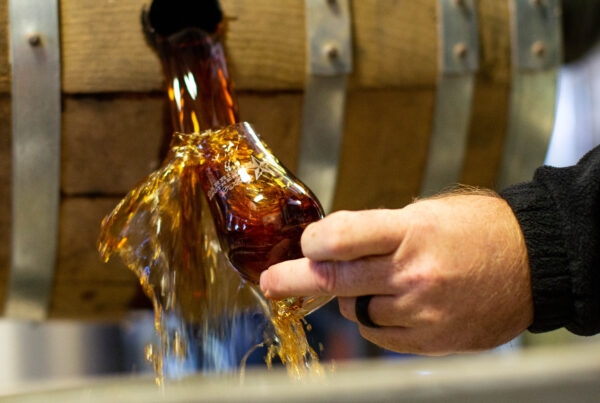From Texas Public Radio:
Thousands of people from around the world flock to San Antonio to see the historic Alamo — the famed site in the state’s effort to win its independence from Mexico.
Last month, the Alamo launched Spanish-language tours — the first time a guided tour of the Alamo’s history is being offered on a regular basis entirely in Spanish.
Tom Castaños, the Alamo’s director of interpretation, said the move was long overdue. “Some of these things [in the tour] they’re not only morally a part of the story, but now that they’re being heard in the traditional language, I think they mean more,” he said. “I think they resonate more with certain members of the audience that have come to hear this story.”
Tourist Nuna and Hugo Aguilera agree. Nuna said the Alamo was their first stop in San Antonio while they visited from Los Angeles. “Hearing it in Spanish, for me, is more significant because I’m hearing it in my native language,” she said in Spanish. “It’s like when we go to church — it means more to listen to it in Spanish than in English.”

Hugo and Nuna Aguilera from Los Angeles put on headsets in preperation to hear Spanish-language tours at the Alamo in San Antonio.
Samuel Rocha / TPR
The tour covers the story of the mission-turned-fortress, which has been at the crossroads of Texas and U.S. history.
The Alamo was originally established in 1718 as Mission San Antonio de Valero, founded as a Spanish foothold to convert indigenous people to Catholicism.
It’s best known as the site of the 1836 Battle of the Alamo during the Texas Revolution — the culmination of a 13 day siege between the Texas defenders and the Mexican army in the fight to gain independence from Mexico.
The Spanish tours is the latest move in the Alamo’s half-a-billion dollar effort to try to tell a more nuanced history.
Ernesto Rodriguez, a senior curator and historian at The Alamo, said it’s crucial to acknowledge where the narrative of the Battle comes from. “All the defenders were killed. Who survives? Women, children, [the] enslaved. Our story is one of those special stories that the people without a voice are the ones that give us the narrative that are the loudest in this story.”
The Alamo’s history has often been mythologized to focus on the story of the white defenders, like Davy Crockett and Jim Bowie. It can often leaves out its complex history of the groups who had ties to the land.
Groups representing Mexican Americans, Black Americans, and Indigenous people have long advocated to include the story of all those involved before, during and after the battle — NOT just the story of the famous defenders.
Mexicans fought at the site. It had ties to slavery, and Native American groups cite the Alamo as a sacred burial ground that includes the remains of their ancestors.
Rodriguez said the Alamo’s recent efforts aim to diversify the narrative. “You cannot tell about a place without including everyone, because it’s sort of like when you weave a tapestry — if you’re missing a thread, it’s going to fall apart.”
Tourist Nuna Aguilera said that thread — whether told in English or in Spanish — still highlights a history of colonialism. “There were already people here, the native peoples, and it’s sad to see that they were left with nothing,” she said in Spanish.
Officials at the Alamo said the Spanish tours are just one step. A new Visitor Center and Museum is slated for 2027.
Castaños said the Alamo also plans to continue evaluating the Alamo’s history and develop more specialized Spanish-language programming, including history talks, in the future.
The tours run five days a week — Wednesdays through Sundays starting at 10:15 a.m.















